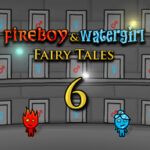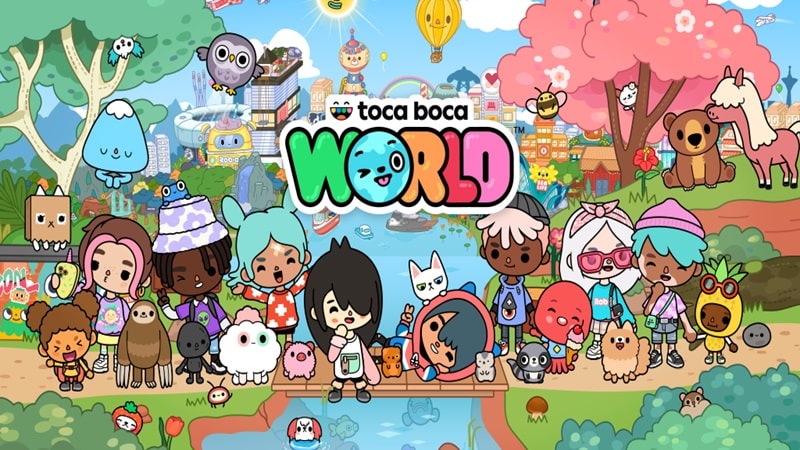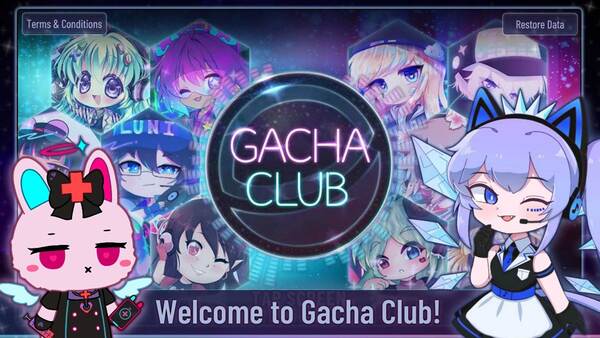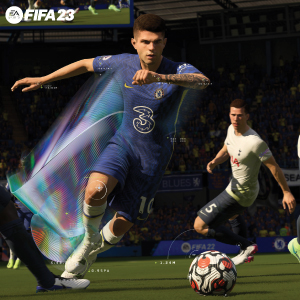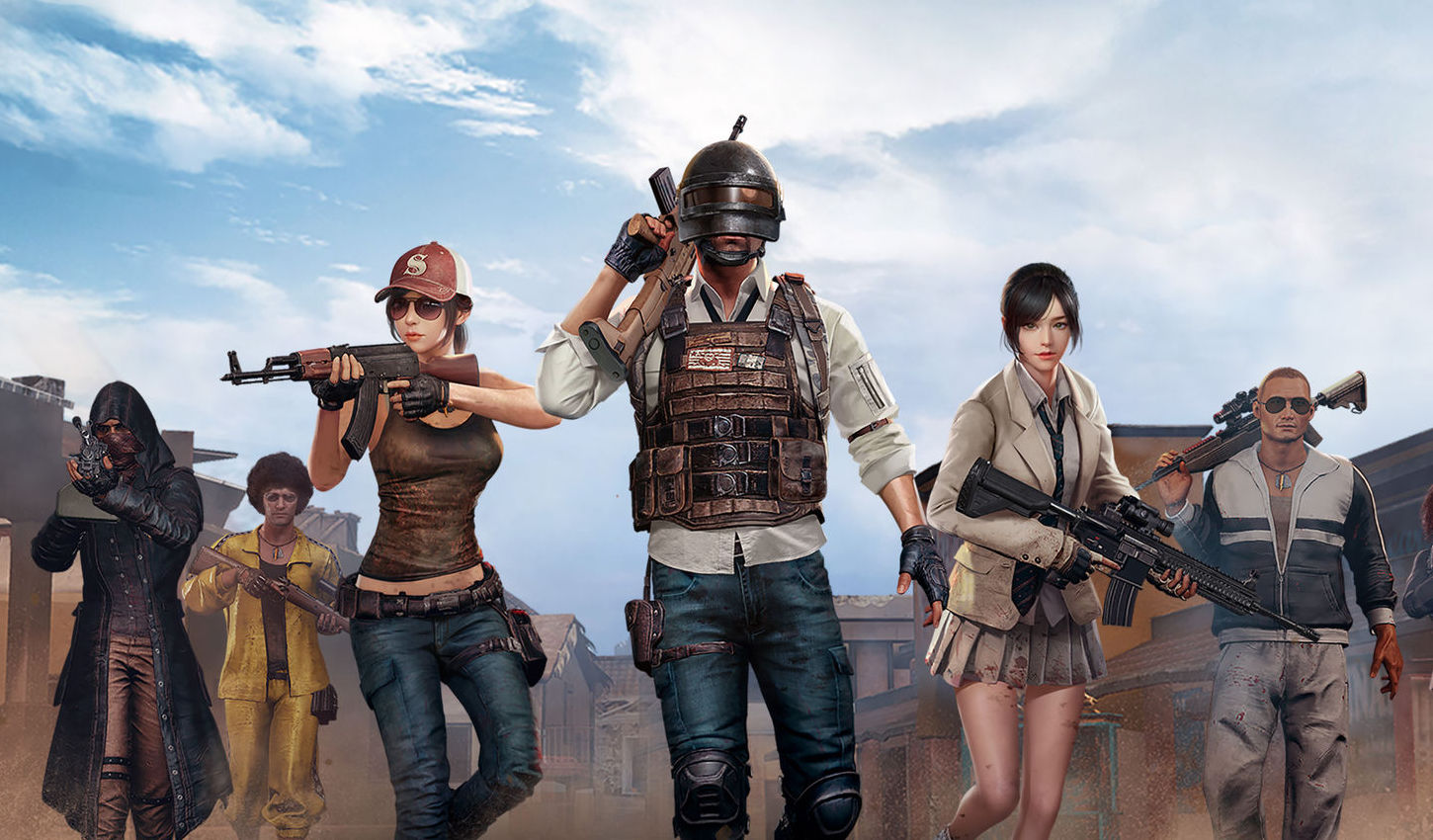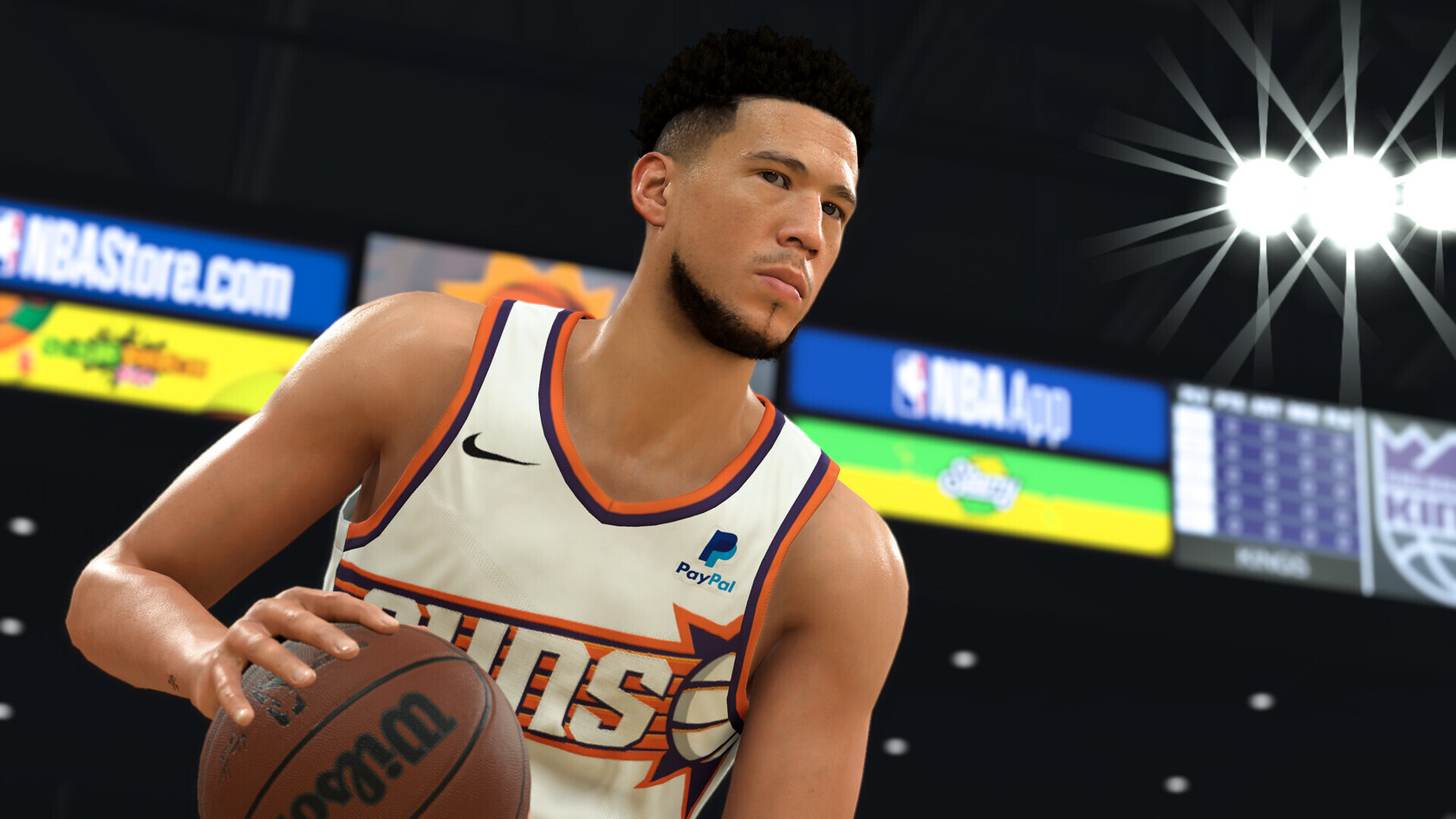Fortnite: The Ever-Evolving Battle Royale Phenomenon Redefining Gaming in 2025
In the ever-shifting world of online gaming, Fortnite continues to stand tall as one of the most culturally significant and genre-defining games of all time. Since its initial release in 2017 by Epic Games, Fortnite has undergone countless transformations, captivating players with its unique blend of action, creativity, and community-driven events. As we navigate through 2025, Fortnite shows no signs of fading—thanks to its consistently fresh content, global appeal, and boundless innovation.
This in-depth review will guide you through the history, gameplay mechanics, updates, community impact, and why Fortnite still reigns supreme. Along the way, we’ll explore both the pros and cons of this battle royale titan, ensuring a balanced and insightful analysis for both newcomers and seasoned veterans.
The Birth of Fortnite: A Battle Royale Revolution (2017–2018)
Fortnite began its journey not as a battle royale but as a co-op sandbox survival game called Fortnite: Save the World. However, in response to the growing popularity of the battle royale genre—most notably due to PlayerUnknown’s Battlegrounds—Epic Games pivoted quickly and released Fortnite Battle Royale as a free mode in September 2017.
Almost instantly, the game exploded in popularity. One key reason was its accessibility; Fortnite was available on PC, consoles, and even mobile devices, drawing in millions of players. Moreover, the game's building mechanics set it apart from other shooters, offering a unique strategic layer to the fast-paced gameplay.
Early Success and Streamer Domination (2018–2019)
Soon after its release, Fortnite's presence on platforms like Twitch and YouTube skyrocketed. Major influencers like Ninja, Tfue, and Myth brought the game to new audiences, and as a result, Epic Games responded with rapid updates, new content, and frequent patches.
Additionally, the introduction of in-game live events—such as rocket launches and concerts—began to revolutionize how developers could engage with their player base. These moments made Fortnite feel like more than a game; it became a shared cultural experience.
Fortnite Chapter 2: A New Era Begins (2019–2021)
After years of continuous updates, Fortnite launched Chapter 2, which brought a brand-new map, fresh mechanics like swimming and fishing, and improved visuals. While the core gameplay remained familiar, Chapter 2 restructured progression systems and battle passes.
Furthermore, Epic leaned heavily into crossovers. Characters from Marvel, DC, Star Wars, and even Street Fighter appeared in-game. Fortnite became not just a game but a multiverse where fan-favorite characters coexisted—something unprecedented at the time.
The Role of Fortnite Creative Mode
Beyond its battle royale mode, Fortnite Creative, released in late 2018, allowed players to build their own islands and minigames. Over time, this mode has evolved into a fully-fledged sandbox for aspiring game designers.
Why Creative Matters
Creative mode opened up the platform for custom maps, obstacle courses, and even non-combat games. This not only extended player engagement but also created a new wave of influencers and developers within the Fortnite ecosystem.
Featured Creative Events
Epic has frequently highlighted community-made maps, rewarding creators and inspiring innovation. With the launch of Creative 2.0, also known as Unreal Editor for Fortnite (UEFN), the boundaries of what’s possible have expanded even further.
Fortnite Chapter 3 and The Metaverse Shift (2021–2023)
Chapter 3 introduced massive environmental changes and further refined game physics, traversal, and map interactions. Mechanics like sliding, mantling, and weather dynamics brought Fortnite closer to modern shooters in terms of fluidity.
Embracing the Metaverse
During this period, Epic Games began emphasizing Fortnite’s role in the emerging metaverse. Collaborations with brands like Nike, Ariana Grande, and Balenciaga weren't just cosmetic—they included themed maps, virtual concerts, and limited-time events that blurred the lines between gaming and real-life entertainment.
Zero Build Mode and Competitive Evolution
In 2022, Fortnite introduced Zero Build Mode, removing the core building mechanic and offering a more traditional shooter experience. This helped bring in players who found building intimidating, significantly widening the audience.
Impact on Competitive Scene
Esports remained a core focus, with regular tournaments like the Fortnite Champion Series (FNCS). Prize pools, sponsorships, and regional brackets maintained a strong professional scene. The addition of Zero Build Mode created new strategies and reshaped meta expectations, keeping competitions dynamic.
Fortnite Creative 2.0 and Unreal Engine Integration
One of the biggest innovations in recent years has been the release of Fortnite Creative 2.0 (UEFN), allowing creators to develop maps using Unreal Engine 5. This leap not only improved graphical fidelity but also introduced advanced scripting and asset manipulation.
Game-Making Inside Fortnite
With UEFN, developers can now make games within the game, ranging from RPGs and horror titles to simulators and FPS modes. This democratization of game development is creating a new wave of digital creators.
Monetization for Creators
Creators can earn real income based on engagement metrics, similar to YouTube and TikTok monetization models. This economy ensures that talent is rewarded and fosters consistent content creation within Fortnite.
Community Engagement and Social Spaces
What also keeps Fortnite relevant is how well it understands its audience. Community is at the heart of Fortnite—and Epic continues to nurture it with regular updates, feedback loops, and limited-time modes based on player suggestions.
Social Hubs and Live Experiences
Spaces like Party Royale and creative maps built for hanging out (rather than competition) allow players to socialize and relax. Furthermore, virtual experiences such as film screenings and conferences within Fortnite highlight its ambition to be more than just a shooter.
Fortnite on Multiple Platforms and Performance in 2025
In 2025, Fortnite remains available on PC, PlayStation, Xbox, Android, and Nintendo Switch. Despite legal disputes with Apple, it’s still accessible on iOS via cloud gaming solutions.
Performance and Accessibility
Fortnite runs well on a wide range of devices and continues to be optimized for older hardware. Its stylized graphics ensure smoother performance without sacrificing visual appeal. Cross-progression also means you can log into your Epic account on any device and pick up where you left off.
Pros and Cons
As with all games, Fortnite comes with both strengths and weaknesses:
Pros:
-
Constant content updates and live events
-
Strong cross-platform performance
-
Unique combination of shooting and building mechanics
-
Huge variety of cosmetic customization
-
Thriving community and social environment
-
Free-to-play with optional purchases
-
High replayability through Creative and UEFN
-
Active esports scene and monetization options for creators
Cons:
-
Learning curve can be steep for new players
-
Some updates may temporarily imbalance the game
-
Cosmetic items can be expensive
-
Occasional server downtime during major events
-
Overuse of collaborations can feel overwhelming to purists
-
Mobile availability still limited due to legal issues
Final Verdict: Why Fortnite Remains a Powerhouse in 2025
Fortnite has transcended its battle royale roots to become a multifaceted entertainment platform. Whether you’re competing in Zero Build tournaments, designing a horror game in Creative 2.0, attending a virtual concert, or simply vibing with friends in Party Royale, offers something for every type of gamer.
In a world saturated with new releases and trends, continues to thrive by evolving, listening to its players, and breaking boundaries between gaming and mainstream culture. It’s more than a game—it’s a universe, a toolset, a social platform, and most importantly, a creative playground.
Expert Rating: 9.4/10














